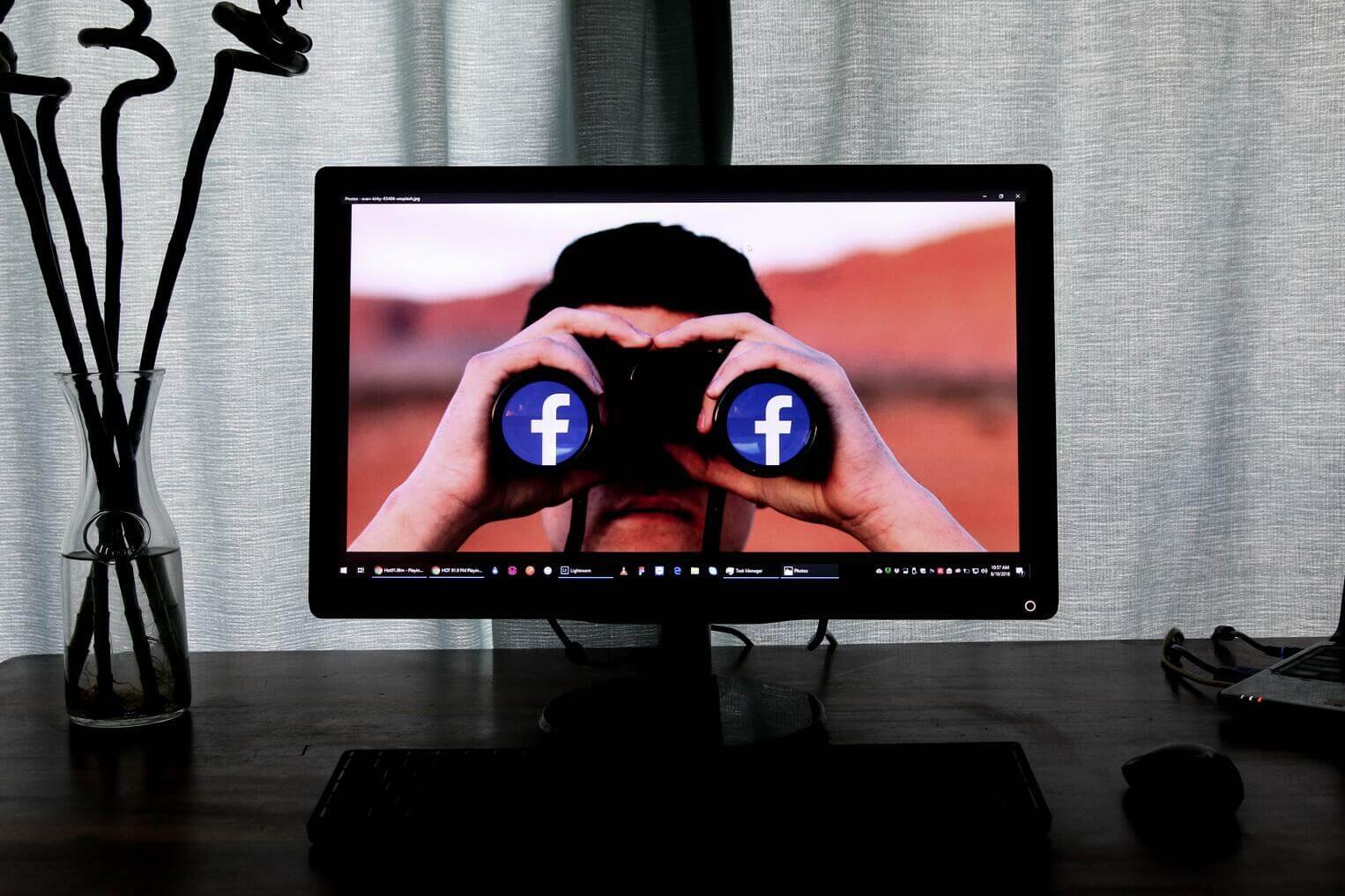Are your Privacy Settings taking Care of You?
Staying safe online includes staying in control of who can see your personal information online, and who can not. As mentioned earlier in Digital footprint, the accumulation of information you share online will become a part of your digital reputation.
Sharing personal information online is fine if you can be sure that your information is only shared with people and organisations that you trust. The Office of the eSafety Commissioner has some great tips on protecting your personal information and your digital reputation.
What is personal information?
Personal information is any information that could identify you, including:
pictures of yourself
your home, school or work address
phone numbers
email addresses
your date of birth
your username and password
At first glance, this information may not seem like something you need to keep secret as your friends and family would all know what you look like and where you live. However, your personal information is also used to both protect and validate your email, banking details and other personal accounts.
Spam, scams, identity theft and fraud are just some of the more serious issues that you or your children might face if you are not careful with how you or your children share their personal information online.
Location Access
You might be happy sharing your address with an online shopping site, but you might think twice about sharing your address with a stranger. Some smartphones and cameras link all photos taken with location data by default. You can find more information about photos and GPS on the eSafety Commissioner’s website.
Controlling your Privacy Settings in Social Media
Social media channels are where you connect, chat and celebrate with your family and friends. Stay in control of your social media by choosing what things you share, and who gets to see them.
When you post a photo online, send a tweet, or participate in a discussion on a social network, you’re sharing a lot more than you might think. Obviously you’re sharing the things that are in your post – photos, videos, your username – but there’s also other data that gets shared.
A post or a profile on a social network might also include:
the time you made the post
your location when you made the post
links to your social media profile
personal details about yourself, including contact information, birthday or gender
links to the friends or other people you’ve connected with
links to the friends or other people that are tagged in the post
identified faces of people in a photo or video, and links to their social media profiles
identified locations from a photo or video.
In most cases, you might be perfectly happy to share all of this information with your friends and family. The issue is ensuring that your posts only reach the people you choose to allow.
By controlling your privacy settings, you can make those choices about what gets shared, where and with whom.
Facebook privacy settings
Facebook’s privacy settings have an audience selector that lets you choose what you share with different groups. You can choose your audience for both your Facebook profile as well as for each post you make.
You can learn more about controlling your Facebook privacy settings from the Office of the eSafety Commissioner Facebook eSafety information page
Instagram privacy settings
Instagram allows you to control who gets to see your profile. If you set your account to private, you will need to approve a person’s follow request before that user can see your photos, or see information about who you are following and who follows you.
Your Instagram Stories are also affected by your profile’s privacy settings. For private accounts, only approved followers can see your story in their feed and from your profile.
You can learn more about controlling your Instagram privacy settings from the Office of the eSafety Commissioner Instagram eSafety information page
Twitter privacy settings
You can choose to set your Twitter account to protected, which places a number of limits on who can see and respond to your tweets.For protected accounts:
You have to agree to a follow request before a user can see or retweet your tweets.
Your tweets will not appear in Google Searches
Any @replies you send to people who aren’t following you won’t be seen by those users.
Only approved followers can see permanent links in your tweets.
You can learn more about controlling your Instagram privacy settings from the Office of the eSafety Commissioner Twitter eSafety information page
Snapchat privacy settings
In Snapchat you can choose who can send you photos or videos (snaps) and who can view your Snapchat story. Be aware that:
While Snapchat is designed so that recipients can’t save photos or videos sent to them in the Snapchat app, it is entirely possible for users to take screenshots or find alternative ways to record messages that have been sent.
You can also choose whether to share your location. You have the option of sharing your location with all of your friends, some of your friends, or choose to keep your location private in 'Ghost Mode’. While in ‘Ghost Mode’ you’ll still be able to track your friends.
Any snaps that you submit to Our Story will be linked to your location when you post it and can be seen by all other Snapchat users, not just your friends.
You can learn more about controlling your Snapchat privacy settings from the Office of the eSafety Commissioner Snapchat eSafety information page.


